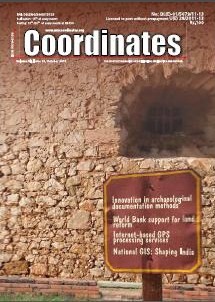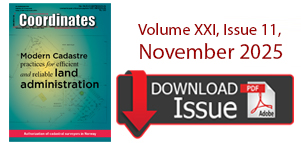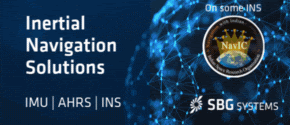Robotic car technology being developed at Oxford University that interprets its surroundings and makes decisions about where to go could eliminate the agony and cost of traffic jams. Whilst human drivers might use GPS to find their way such systems cannot provide anything like the coverage, precision, and reliability autonomous cars need to safely navigate. GPS also fails to tell a robotic car anything about what surrounds it; its proximity to obstacles, other cars, pedestrians, or their intentions.
A spy satellite for the Japanese government rode an H-2A rocket into orbit replenishing a fleet of secret spacecraft designed to keep track of missile development in North Korea. The secret satellite, built by Mitsubishi Electric Corp., is circling Earth in a sun-synchronous orbit with an altitude of more than 300 miles. The spacecraft was a more than $500 million payload outfitted with an optical camera and telescope to supply imagery to the Japanese government for intelligence, defense and civilian remote sensing applications. The spacecraft will become an operational member of Japan’s optical spy satellite fleet.

Positioning with GPS can be realized two main ways: i-Single Point Positioning (SPP), ii- relative positioning. When the high accuracy is required, the accuracy obtained from SPP is not enough and for those applications relative positioning method have to be considered. However in this method, there should be at least two receivers to collect the data and software to process these data.

Archaeology reflects the amazing diversity of human life across the globe (Neto, 2000). Archaeological investigations are considered as a principal source of knowledge of prehistoric, ancient, and extinct cultures. In order to reconstruct history, archaeologists rely on all the unearthed evidence, such as man-made objects, which can be as small as tools and ornaments or as large as architectural residues (Xia, 2006). Thus, it is important to explore archaeological contrivance and record them in a systematic way.

The World Bank, with the support of development partners and civil society organizations (CSO), are continuing to support the implementation of land administration and management projects throughout the world. From the World Bank side, specific support to the land sector has been provided for the past three decades. These projects have varying degrees of emphasis on social equity and economic development. In post-conflict countries, tenure security and access to land are major factors in providing long-term stability.
Carlson Survey 2012: Carlson Survey 2012 gives users increased 3D visualization, extensive new 3D coding in its industry-renowned Fieldto- Finish, and the ability to produce customized, more professional reports among its many additional improvements. It provides support in its 2012 release for AutoCAD 2012 and comes with IntelliCAD 7.1 built-in.
yandex buys 10 mn sq.km of images: Yandex, a Russian search engine, purchased high resolution images of 10 million sq.km of the Earth territory from ScanEx. The resolution shall be 0.8m per pixel.
SciSys wins satellite project contract: SciSys, the specialist supplier of bespoke software systems, IT based solutions and support services, has been awarded a contract to support the Full Operational Capability (FOC) Phase of Europe’s Galileo System. This was achieved after successful completion of the European Union (EU) competitive dialogue process and final negotiations with Astrium UK as the prime contractor for the Galileo Ground Control Segment. The SciSys baseline contract is worth around €2m and will run until the end of 2013, with an optional maintenance extension into 2014.












 (5.00 out of 5)
(5.00 out of 5)